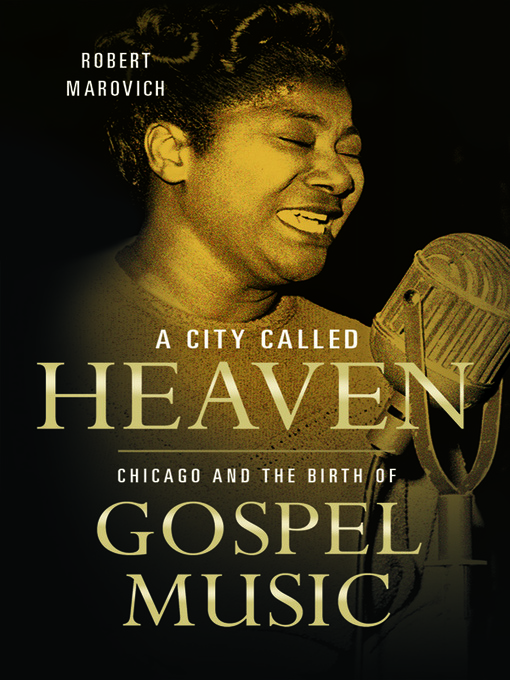A City Called Heaven celebrates a sound too mighty and too joyous for even church walls to hold.
|Acknowledgments viiIntroduction 1
Part One: Roots 9
1. Got On My Traveling Shoes: Black Sacred Music and the Great Migration 11
2. "When the Fire Fell": The Sanctified Church Contribution to Chicago Gospel Music 27
3. Sacred Music in Transition: Charles Henry Pace and the Pace Jubilee Singers 48
4. Turn Your Radio On: Chicago Sacred Radio Broadcast Pioneers 58
5. "Someday, Somewhere": The Formation of the Gospel Nexus 71
6. Sweeping through the City: Thomas A. Dorsey and the Gospel Nexus (1932 - 1933) 87
7. Across This Land and Country: New Songs for a New Era (1933-1939) 112
8. From Birmingham to Chicago: The Great Migration of the Gospel Quartet 132
Part Two: Branches 147
9. Sing a Gospel Song: The 1940s, Part One 149
10. "If It's in Music — We Have It": The Fertile Crescent of Gospel Music Publishing 167
11. "Move On Up a Little Higher": The 1940s, Part Two 179
12. Postwar Gospel Quartets: "Rock Stars of Religious Music" 204
13. The Gospel Caravan: Midcentury Melodies 229
14. "He Could Just Put a Song on His Fingers": Second-Generation Gospel Choirs 260
15. "God's Got a Television": Gospel Music Comes to the Living Room 281
16. "Tell It Like It Is": Songs of Social Significance 297
17. One of These Mornings: Chicago Gospel at the Crossroads 317
Appendix A. 1920s African American Sacred Music Recordings Made in Chicago 331
Appendix B. African American Sacred Music Recordings Made in Chicago, 1930-1941 335
Notes 337
Bibliography 389
General Index 401
Index of Songs 435
Illustrations follow page 228| Certificate of Merit for Best Historical Research in Recorded Blues, Gospel, Soul, or R&B, Association for Recorded Sound Collections (ARSC), 2016. — Association for Recorded Sound Collections (ARSC)
|Robert M. Marovich hosts "Gospel Memories" on Chicago's WLUW 88.7 FM and is founder and editor-in-chief of The Journal of Gospel Music, www.journalofgospelmusic.com.

